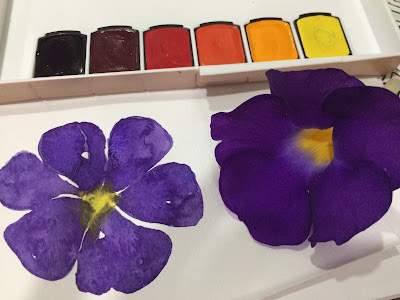Playwright Dennis Posadas will launch the first reading of his play "The Court Martial of Admiral Montojo" off-Broadway in New York. The public is invited to the free reading on December 9, 2017 Saturday 3pm.
Why is this play on Admiral Dewey of great significance to modern readers?
People need to remember the forgotten values of honor on and off the battlefield. Not that there were no atrocities committed during the subsequent Philippine-American War. I simply picked the story of two individuals, who while representing their respective countries, also used their sense of fair play. After their war had ended, while they did not necessarily become friends, at least their humanity or their civility was still there.
By the way, some people may ask why I chose to write about a Spanish character instead of another nationality. Actually the way I see it, is that this is really a play about how people should treat each other. It just so happened that the character was Admiral Montojo, a Spanish officer. But it could just as easily have been a Filipino, or an American, even from another time, who showed compassion towards another human being.
In short, instead of generalizing nationalities, I chose a story of two individuals who acted humanely in that instance.
Do you think the story is relevant today as it was more than a hundred years ago and why?
Yes especially in this age of senseless killings and beheadings by terrorists, etc.
If I may add, the Battle of Manila Bay happened on 1 May 1898 which means it will be celebrating 120 years next year.
Also we have to remember that Aguinaldo's contingent, after the Truce of Biak na Bato, was holed up in exile in Hong Kong. Without this event, June 12, 1898 (Independence Day) would not have happened. You can ask any historian about that. There is no dispute.
By the way, relative to this last point, there is a surprise in the play that I won't divulge for now.
If Admiral Dewey were alive today, what advice would he give Donald Trump?
When you give an order like “You may fire when you are ready, Gridley” that should only be done when you will actually fire a weapon. Not because you are trying to fool your opponent, and possibly miscalculate with your threats.
How do you think Admiral Dewey will handle the North Korean crisis?
Dewey was given a legal order to execute and he did so without hesitation. When he entered Manila Bay, he was unsure about his chances. In fact, when he left Hong Kong, the British (who were so unimpressed at that point with the American Navy) were said to have remarked, “A fine set of fellows. Unhappily we shall never see them again.”
Contrast this with the way the situation has played out in North Korea. Unlike Dewey's quiet approach, there has been too much talk on both sides.
The advice Dewey would give is not to saber rattle. More circumspection, less tweets perhaps.
Who would most likely enjoy the play reading on Admiral Dewey?
If you like a good court room drama like A Few Good Men or the Caine Mutiny, I think you will enjoy the play.
For those based in NYC or visitors who will be there on December 9 Saturday at 3pm, I hope you will check out the debut play reading of The Court Martial of Admiral Montojo at the Manhattan Repertory Theatre on 17-19 West 45th Street, NYC.
Dennis Posadas is the author of Leap: A Sustainability Fable (Singapore: Pearson, 2015) and Greenergized (UK: Routledge/Taylor & Francis, 2013). The Court Martial of Admiral Montojo is his first stage play which won awards in the 2017 Hollywood, New York, and Barcelona screenplay contests.
###







